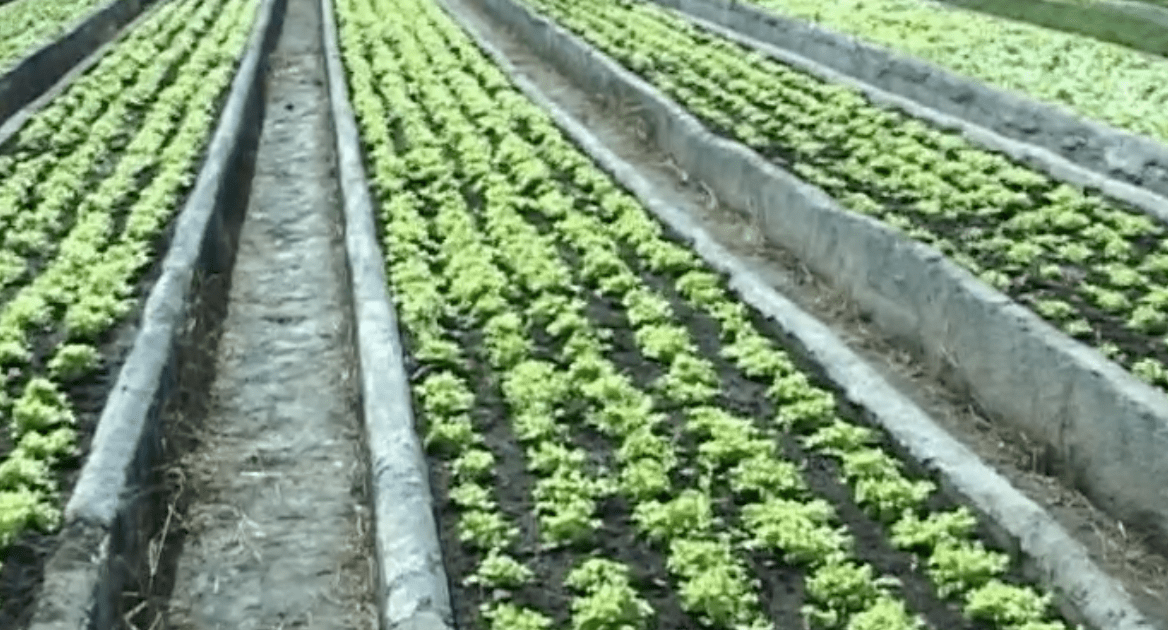One of the points that naysayers keep coming up against Hydroponic produce is the use of inorganic nutrient fertilizers in growing crops. What one should ideally worry about is the use of harmful pesticides and chemicals in food production. However, the billions of dollars that go into Organic marketing has successfully diverted people's attention from the use of pesticides in Organic cultivation (which uses not only organic but also some inorganic pesticides. You can read more about it here.) Since the Hydroponic industry is relatively small and does not stand a chance against the big-budget marketing campaigns of the Organic lobby, we decided to explore if it is possible to use Organic nutrients in growing crops Hydroponically.
Essentially, can we get the best of two worlds, pesticide-free produce, that is grown using organic nutrients with productivity and ease possible through Hydroponics? Or simply, is it possible to convert a Hydroponic farm into an Organoponic Farm?
Pesticide use in Organic Production
The information gap regarding use of pesticides in Organic production has resulted in a situation where an unaware consumer today is content with eating deadly pesticides-laden organic food but may question food grown using safe inorganic nutrients in an environmentally sustainable way (soilless growing with recirculation).
Sources of Organic nutrients that can be used in Hydroponic Farms
- Manure - Farmers in India use cow dung and cow urine to fertilize their farms, and it works wonder. Vermicast is the waste generated by worms. Japanese farmers have been using Shimoge (fertilizer from the bottom of a person or human waste) to fertilizing their lands. In summary, the waste generated by all living beings (including plants) is rich in various minerals and nutrients that the plants need. Liquid nutrients can be extracted from these and used in Hydroponics; for example, Aquaponics uses fish excreta as a source of nutrition for plants.
- Humic and Fulvic Acid - Humic acid and fulvic acid are naturally occurring compounds that improve root efficiency and promote the absorption of nutrients.
- Seaweed - Seaweed is another rich source of nutrients. It increases the elongation of root cells, and in turn, root mass as well, leading to more significant and faster plant growth. Though seaweed occurs naturally in nature, its use is not allowed in Organic production in India. The same goes for fish excreta and human waste as well.
- Microbial derivatives - Microbial sources can be used to pre-process the organic nutrients before incorporation into Hydroponics.
Our experiences with Organic nutrition
At CityGreens, we did develop liquid Organic Nutrients and used them in our research center alongside the CityGreens Inorganic nutrient range. The key findings are listed in the section shaded blue.
We consulted a couple of scientists and did our investigations to find the plausible explanation of each of the observations stated above. After careful consideration, we decided to halt the experiment for a couple of reasons:
- The yield: For a Hydroponic farmer, who has already put in a lot of investments, even a small drop in yield will push profitability away. A 20%+ reduction in revenue will make the farm unsustainable.
- The regulations: Given the current regulations in India, no matter what the Hydroponic farmer uses, she will still not get the Organic Certificate. We will cover the reasons for that in a separate blog shortly.
The yield was almost 27% down while using inorganic nutrients while grown in Hydroponics.
The yield was around 8% down while using in substrate-based media (we used a mix of cocopeat and fly ash balls in 85:15 ratio).
The plants showed a considerable deficiency of Nitrogen when grown in Hydroponics. In cocopeat, the deficiency was not as much.
The plants grown using Organic nutrients had a higher rate of pest infestation (aphids) as compared to the ones grown using inorganic nutrients.
Organoponics
One benefit of the experiment we carried out was the realization that though not in Hydroponics, but in a soil-less media, the chances of gaining success while using organic nutrients were much higher. So we continued our research and found out that such a practice has been implemented successfully in a few developing and under-developed countries which are short on resources, most notably in Cuba.
Just to reinforce, in India, under the current policies, a farmer will still not get an Organic certification even if she follows the practices of Organoponics. Still, following the method of Organoponics does offer some benefits to the farmer, viz:
- An Organoponic system provides scope for future organic farming in city-based Urban Farms by reducing cost and simplifying the production process.
- Organoponics has the potential to produce healthier and environmentally sustainable crops that may have wider market acceptance.
- Organoponics will lead to reduced nutrient cost and lower maintenance costs too.
Happy Growing!
